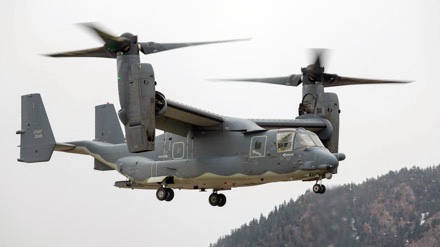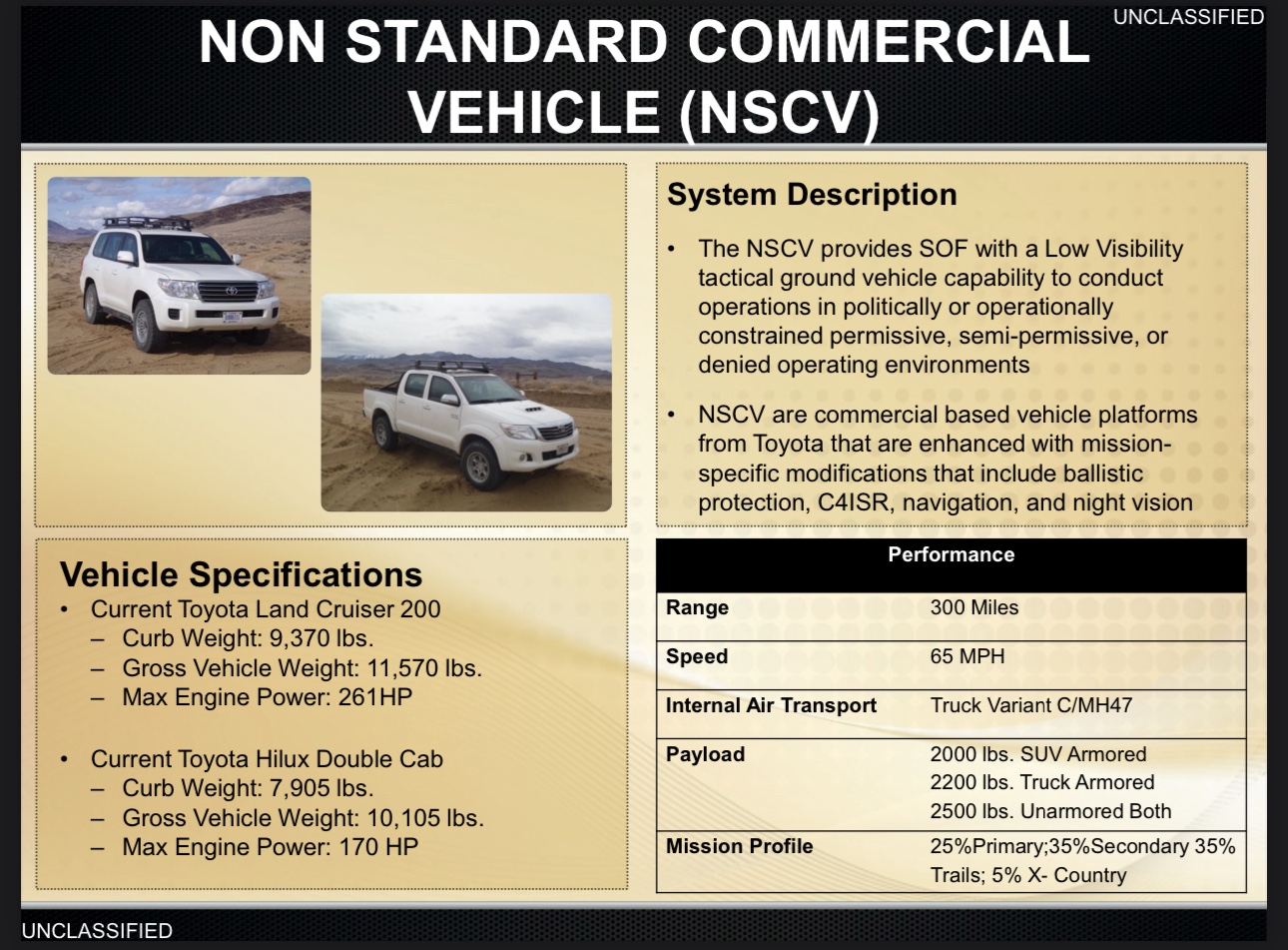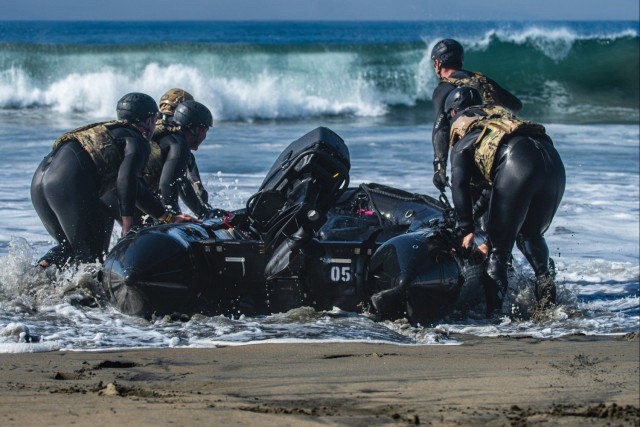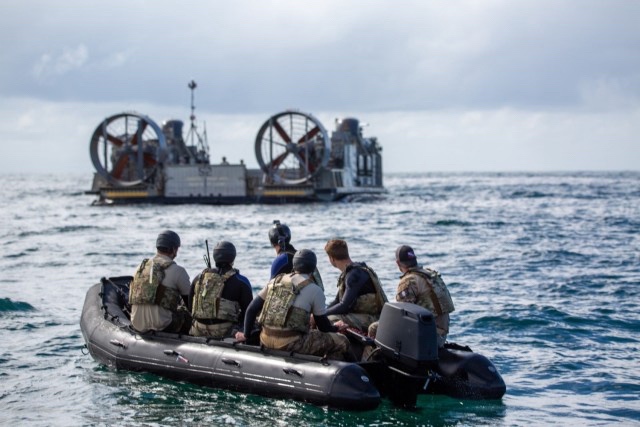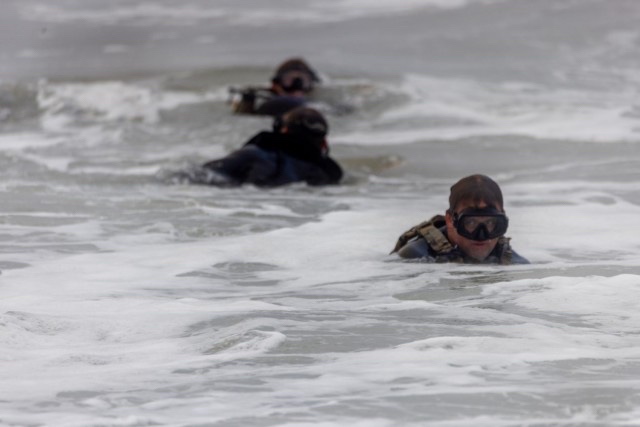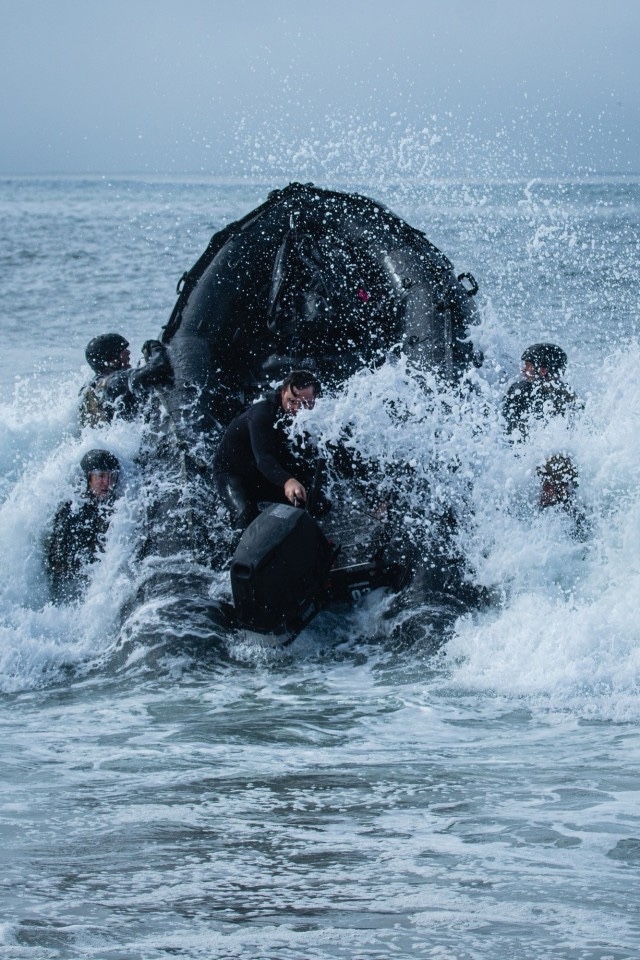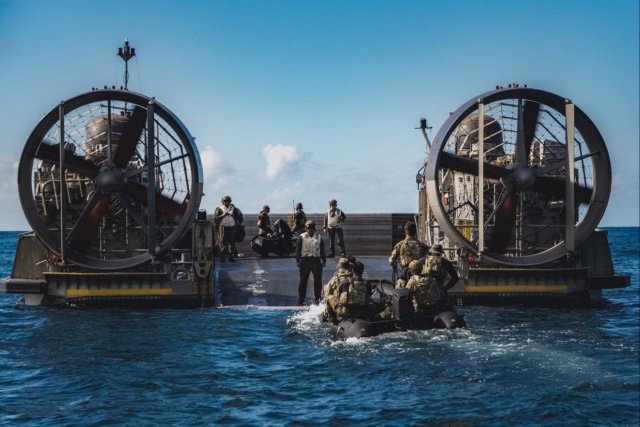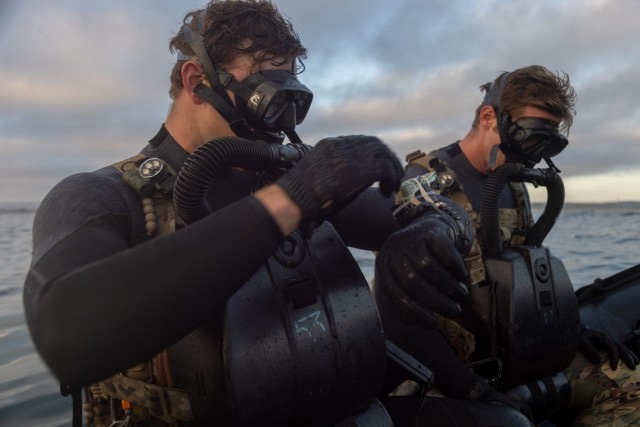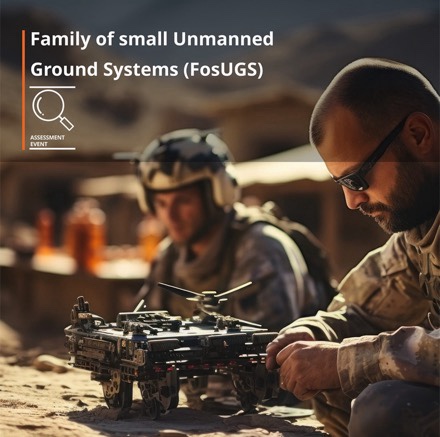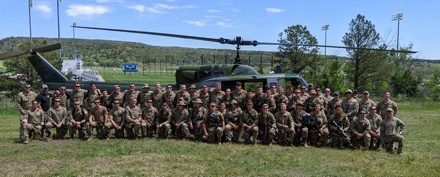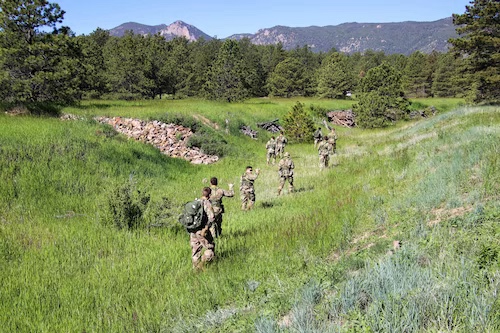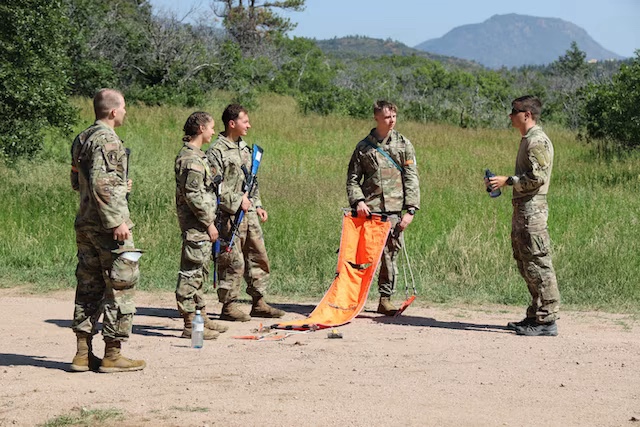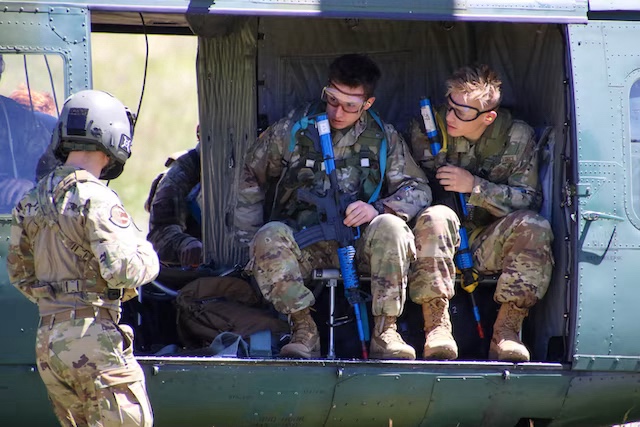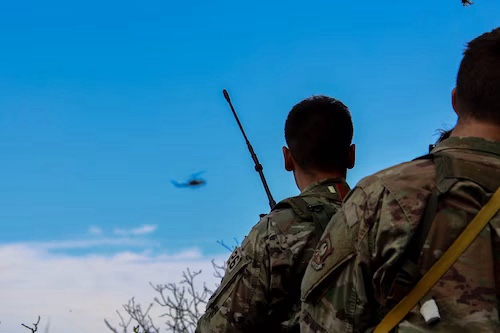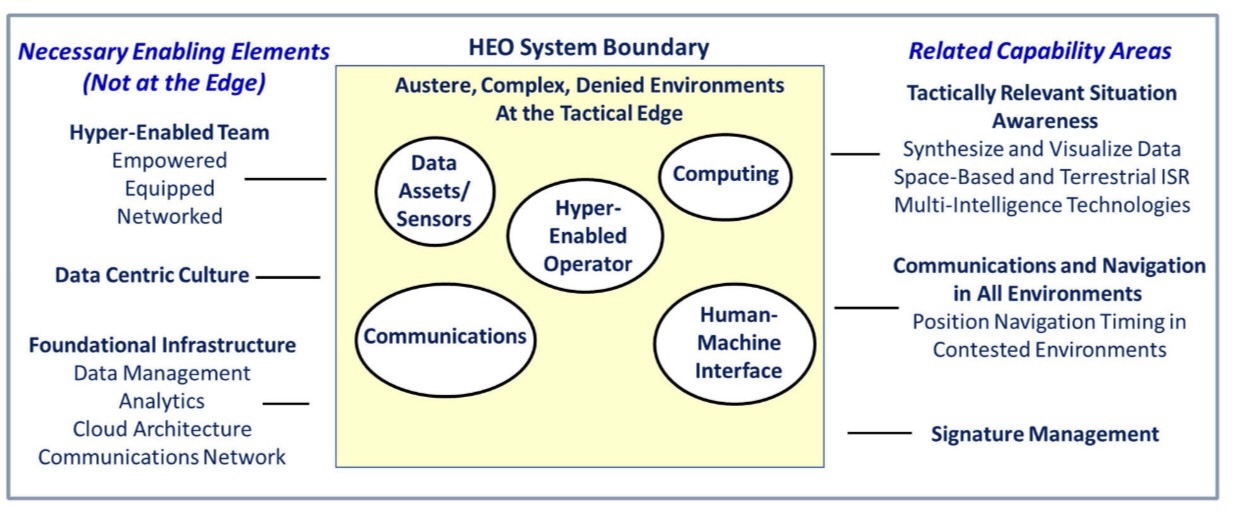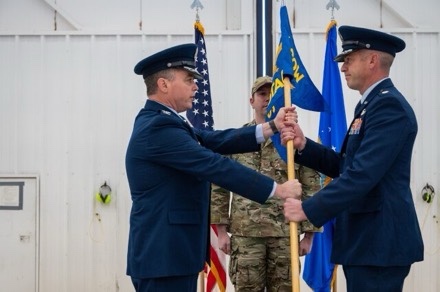
CANNON AIR FORCE BASE, N.M. —
CANNON AIR FORCE BASE, N.M. — The 27th Special Operations Air Operations Squadron was redesignated to the 27th Special Operations Theater Air Operations Squadron during a ceremony on December 8, 2023, at Cannon Air Force Base, New Mexico.
During the redesignation and change of command ceremony, Lt. Col. Adam Jones, 27th SOAOS commander, relinquished command to Lt. Col. Phillip Henrikson, 27th SOTAOS commander, making Henrikson the first squadron commander in the newly designated squadron’s history.
Over the last decade, the 27th SOAOS played a crucial role in the success of the 27th Special Operations Wing. Its mission has now been fully integrated integrated into both the Wing Staff functions and the 27th Special Operations Support Squadron. This restructuring enables the 27th SOTAOS to focus on its new mission and align the 27th SOW with Air Force Special Operations Command’s vision and priorities.
Current national defense and Air Force Special Operations Forces strategies directs the increased importance of shifting national defense priorities from Countering Violent Extremist Organizations to integrated deterrence efforts – which requires a deliberate campaign plan. This new operating environment has proven that relationships are essential and operations are likely to be multi-domain, meaning they are not limited to air, land, and sea, but may include space, cyberspace, and the information envrionment.
“I am exceptionally excited about the future of this squadron and the mission they will execute,” said Col. Jeremy Bergin, commander of the 27th SOW. It will no doubt have significant operational and strategic impacts and I can’t think of another officer I’d rather have leading this effort than Phil.”
Born from Air Force Special Operation Command’s Theater Engagement Construct, a framework that aligns AFSOF to Geographic Combatant Commands and Theater Special Operations Commands, the 27th T-AOS will leverage AFSOC’s competitive advantage – Air Commandos. Through partnerships and multi-domain efforts, the T-AOS will regionally synchronize, integrate, and employ AFSOF capabilities.
By focusing on one region, Africa in this case, the 27th T-AOS will bring three crucial distinct capabilities to its aligned region. The unit will work to determine SOF air capabilities and limitations, gain an advanced understanding of regional complexities, and utilize regional and AFSOF expertise to effectively execute the mission.
“T-AOSs are the first units of their type within AFSOC who are granted direct communications with their respective TSOCs and GCCs,” said Henrikson. “The 27th T-AOS team is already looking at ways to counter our adversaries’ efforts to gain a foothold in the turbulent content of Africa.”
The T-AOS will work to broaden and deepen the partnerships and alliances in United States Africa Command. These relationships require extensive collaboration and the unit will be the force that drives unique AFSOF strategy for TSOCs, and ultimately GCCs, by integration with partners and Allies in mind from the start.
To do this, the unit will house a multitude of Air Force Specialty Codes across several different types of career fields. From Special Tactics combat controllers to maintainers, the T-AOS will advise partner nations, recommend force employment, and conduct operations across several domains.
As an example, to support Special Operation Command Africa’s campaign support plan, the 27th T-AOS may be called upon to look at a specific problem set. From an air perspective, the T-AOS can assess the problem and offer potential solutions while applying regional expertise to ensure the offered solutions would be effective and realistic for that operating environment. With the potential course of action in mind, the 27th T-AOS will build a concept of operations alongside SOCAF, in support of AFRICOM’s campaign plan. In this construct, the Air Commandos who do the concept development could also be the same Air Commandos who then execute the operation.
The National Defense Strategy charges the Department of Defense to pivot to integrated deterrence and the T-AOS is AFSOC’s organizational answer. The 27th T-AOS offers an opportunity to leverage AFSOC’s decades of countering violent extremist experience to advise partners and Allies in AFRICOM. Increasing a partner nation’s ability to counter extremist organizations reduces their reliance on other external forces, forges relationships, and works to deter our adversaries.
“Strategic competition is a persistent and long-term struggle that occurs between two or more adversaries seeking to pursue incompatible interests without necessarily engaging in armed conflict with each other,” said Lt. Gen. Tony D. Bauernfeind, AFSOC commander.
Addressing the challenges presented by today’s complex national security environment requires a multi-lens, multi-layer approach. The 27th T-AOS will address the complexity of these national security challenges by developing concepts of operations pairing AFSOF capabilities to a threat vulnerability in such a way that it generates the desired effect that best supports the joint force and our partners and Allies.
By Senior Airman Mateo Parra, 27th Special Operations Wing Public Affairs


